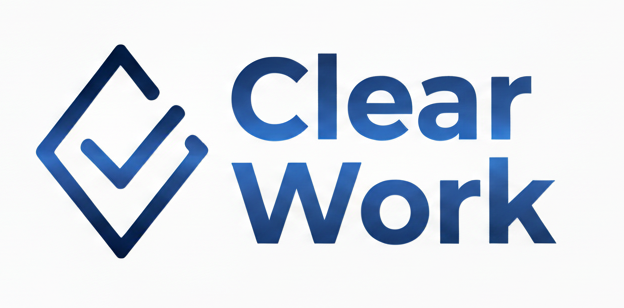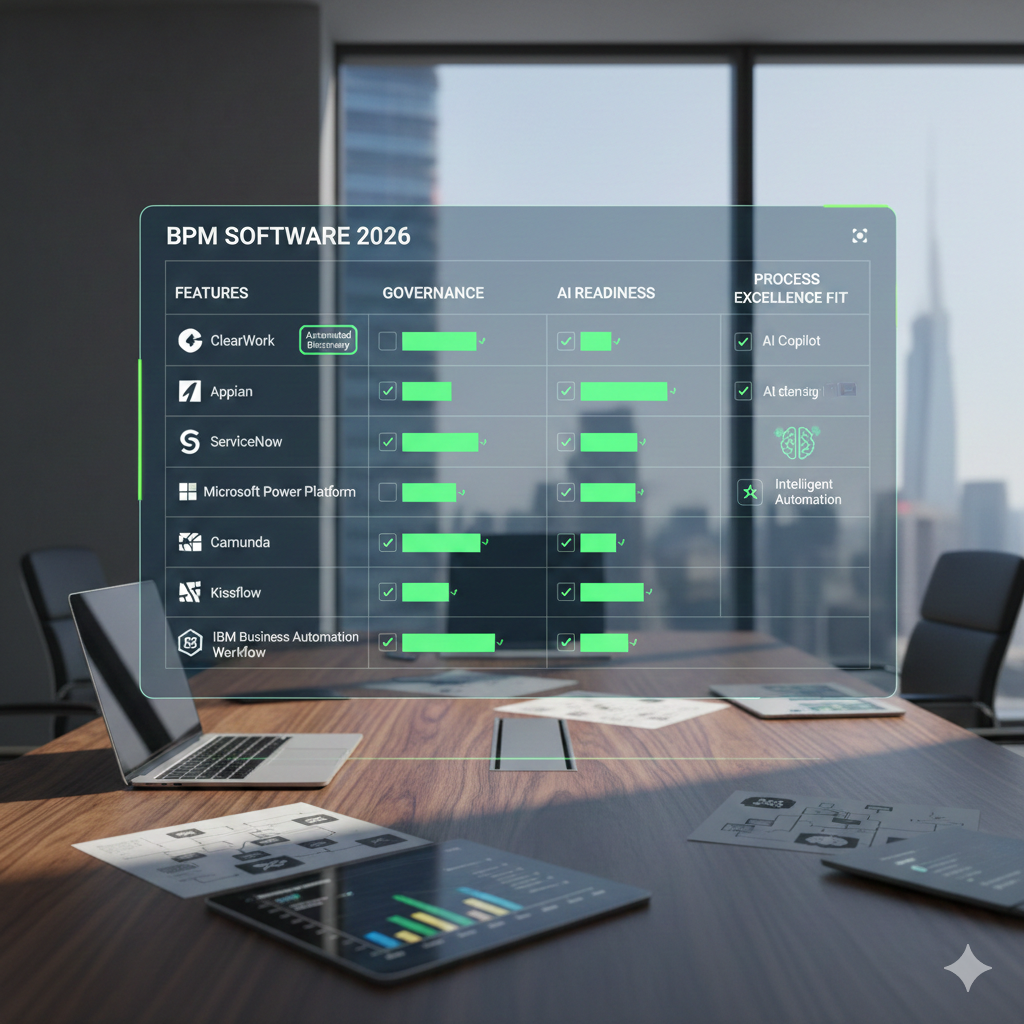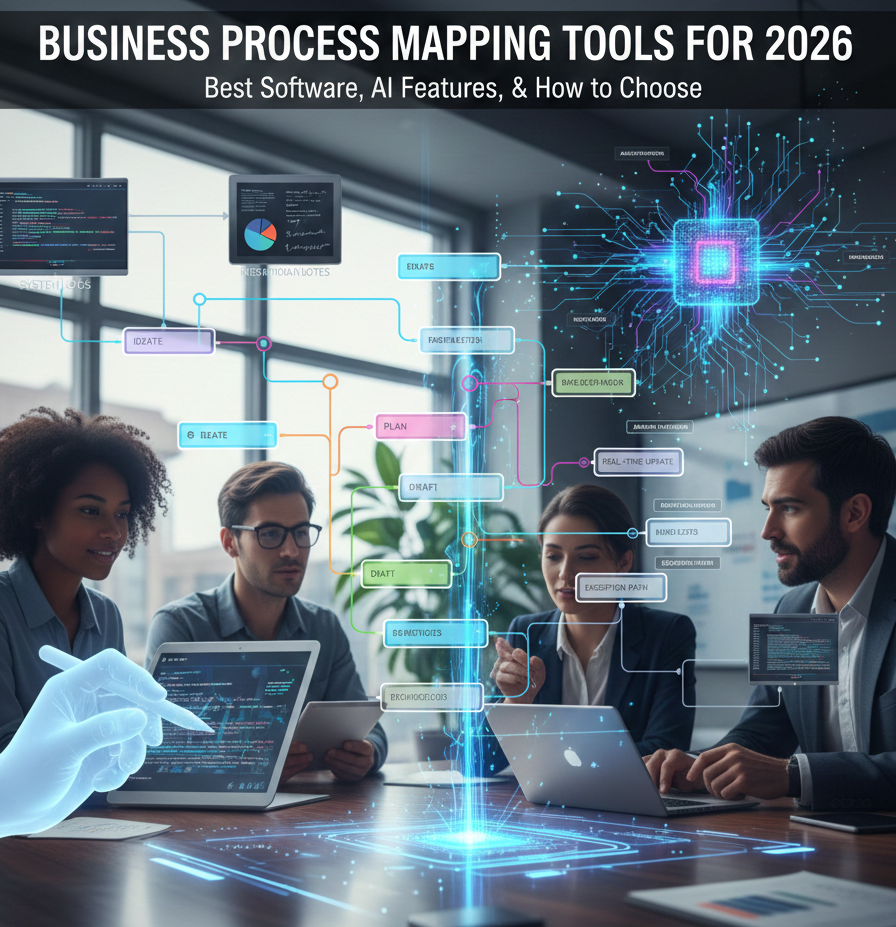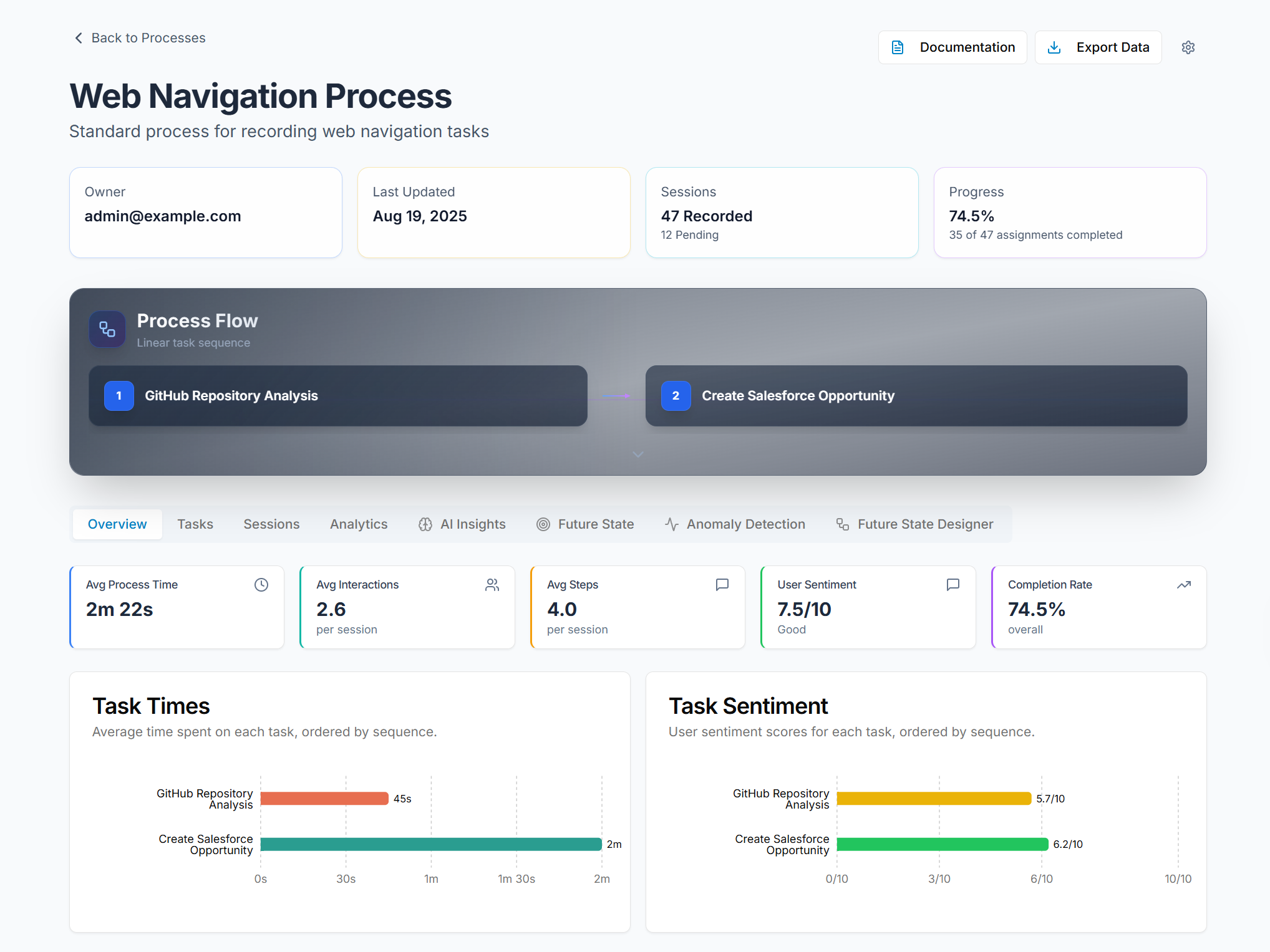The Transformation Trap
Digital transformation initiatives are essential, yet a staggering number fail, leading to immense financial waste and unachieved goals. The statistics paint a grim picture of the current landscape.
Project Completion Reality
Only 2.5% of companies successfully complete 100% of their projects. (PwC)
These are not isolated incidents but symptoms of deep, systemic issues in how organizations approach technological change, often overlooking the human and procedural elements.
The Critical Blind Spot: Ignoring the "As-Is"
A primary driver of these failures is a profound lack of understanding of current operational processes and the actual activities users perform daily.
Why "As-Is" Analysis is Skipped
Leaders often bypass documenting the "current state," viewing it as painful, time-consuming, and costly, eager to jump to future state design.
"You cannot transform something if you don’t understand the details of what needs to be transformed."
The "current state" is the essential starting point of the transformation roadmap. Ignoring it means designing solutions in a vacuum, detached from operational reality.
As W. Edwards Deming stated, "If you can't describe what you are doing as a process, you don't know what you're doing."
Transformation Approaches: Flawed vs. Foundational
Traditional (Flawed) Approach
Ideal (Foundational) Approach
The Domino Effect: A Cascade of Failures
Ignoring the "as-is" state unleashes a chain reaction of costly and damaging consequences throughout the transformation lifecycle.
1. Project Misalignment
Organizations often adopt technology without understanding the problems to solve, leading to a disconnect between tech and actual business needs.
Typically, 80-90% of budgets are spent on technology, neglecting people and processes.
2. Poor User Adoption
Resistance to change, insufficient involvement, and inadequate training lead to frustration and underutilization of new systems.
Low adoption means reduced ROI, decreased productivity, and higher support costs. Companies with high tech adoption are 2.5x more likely to be market leaders.
3. Costly Rework & Delays
Vague early analysis and poorly understood requirements inevitably lead to a cycle of corrections, consuming resources and time.
Rework can consume 30-50% of total development cost.
Lessons from the Fallen: Cautionary Tales
Real-world examples starkly illustrate how misunderstanding current operations, market nuances, and user behaviors can derail even major corporations.
Nike’s Supply Chain
Implemented software for "ideal scenarios," ignoring real-world supply chain complexities. Result: Inaccurate forecasting, inventory chaos, and $100 million in losses.
Blockbuster’s Demise
Clung to its physical rental model, failing to understand or adapt to evolving user preferences for digital streaming. Result: Irrelevance and bankruptcy.
General Electric (GE) Digital
Traditional manufacturing processes (Six Sigma) clashed with agile software development needs. Lack of cohesive vision and cultural resistance to new "ways of working" led to failure.
These failures underscore that understanding the "as-is" state of processes, user activities, culture, and market dynamics is paramount.
The Path Forward: Illuminating "As-Is" with ClearWork
Automated process discovery, as offered by solutions like ClearWork, provides the critical insights needed to navigate transformations successfully.
How ClearWork (Automated Process Discovery) Works
ClearWork provides an objective, real-time "single source of truth" for how work is actually done, enabling data-driven decisions.
Key Advantages with ClearWork
- Speed: Discover processes up to 90% faster.
- Accuracy: Granular, enterprise-wide mapping eliminates errors.
- Visibility: Uncover hidden bottlenecks and compare perceived vs. actual workflows.
Driving Transformation Success
By illuminating actual workflows, ClearWork empowers organizations to:
Enable Precise Requirements
Eliminate guesswork, ensuring future state designs address real gaps.
Boost User Adoption
Design user-centric solutions and targeted training, improving satisfaction.
Maximize ROI
De-risk projects and ensure investments deliver tangible value.
Identify Automation Opportunities
Pinpoint repetitive tasks ideal for RPA and streamlining.





